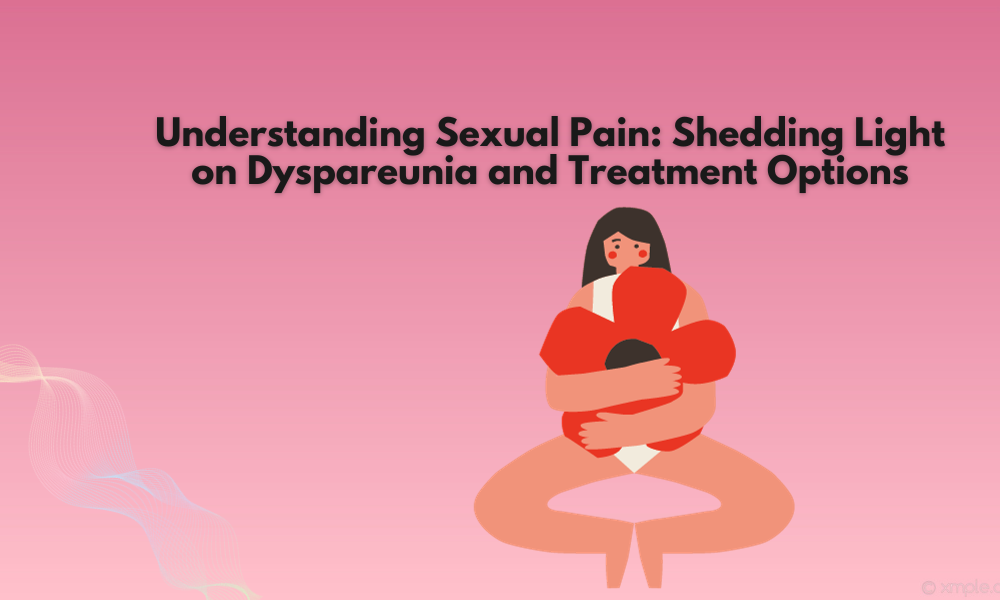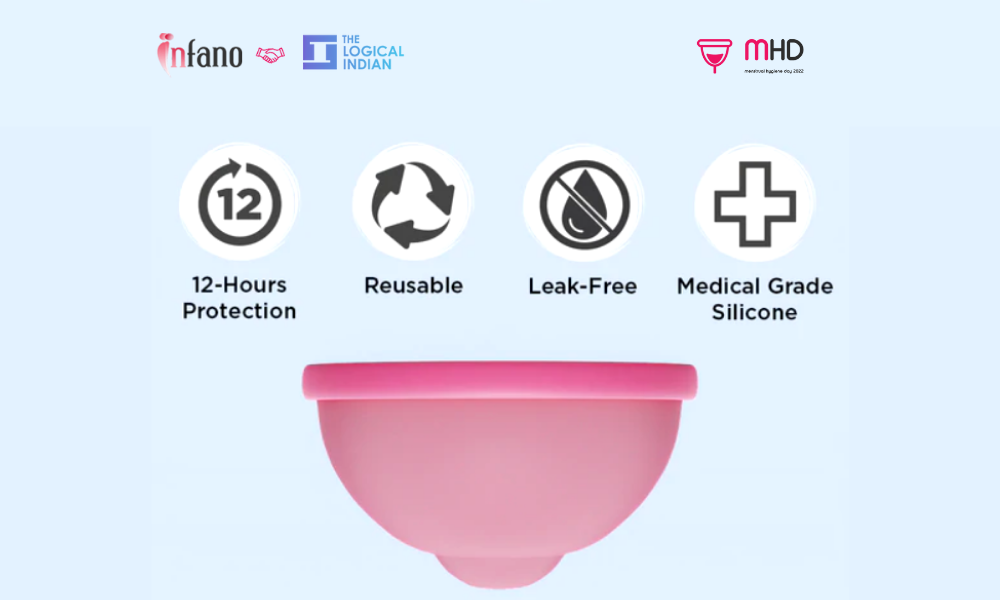Have you missed your period? Do you experience pain before, during, or after your menstrual cycle? These are red flags. Menstrual troubles may affect a woman’s general health. Good Menstrual Health should be distinguished by age of menarche, length of the menstrual cycle, excessive bleeding, clots, and persistent intermenstrual bleeding.
What are the red flags?
There are many different red flags that you might experience during your period. Some of the most common include cramping, chronic pain, sexual exhaustion, lack of anal lubrication, and more. These can be caused by any number of things including stress, changes in hormones, or impending vaginal problems. Don’t ignore these signs!
Length of menstrual cycles

Our menstrual cycle is thought to be about 28 days long. The fertile period of most women is between 6 to 20 days when they are ovulating. So it can vary quite a bit, but an average woman will ovulate about every 28 days. Some women have periods that are very regular, the same length every month. Other women will have periods with variations in length. Some women except for major hormonal changes will experience regular menstrual cycles.
Longer periods
One of the signs that you may have a hormone imbalance is a longer period. If your periods usually last for 4 to 5 days and now they’ve been going on for 7 or 8 days, it could be a sign that something is wrong. There are also other symptoms you should take notice of such as menstrual cramps, mood swings, excessive sweat, acne breakouts, ovulation pains, and abnormal amount of vaginal discharge when compared to pre-menstrual fluids.
Colour of the blood

If your period is brown or black, you could have hemorrhoids. It’s also possible that blood loss is so heavy that your body cannot process it quickly enough. Missing a period, getting one more day than usual, spotting in between periods, or experiencing sudden stomach pain can also signal an underlying condition.
Should I be worried about clots?
Women who have excessive menstrual flow should be monitored for anemia because it can lead to headaches, tiredness and depression. Research suggests that clots are frequently an early sign of period problems, so if you notice any unusual symptoms, you should speak to your doctor. Although research is still being done on this issue, it doesn’t hurt to be on the safe side and frequently check in with your doctor on possible symptoms of periods.
Persistent intermenstrual bleeding
Persistent intermenstrual bleeding (PIMB) is when you have your period for 6 weeks straight without 6-weeks break in between. Menorrhagia, which is when it takes longer for your period to stop or take more than one day for it to start up again, does not count.
Exhaustion and other pains

While the occasional headache or mental fog doesn’t call for emergency care, it’s not something you should ignore either. So what does warrant a phone call to your obstetrician? Regular headaches (menstrual migraines; pre-menstrual or post-partum headaches; pain with no clear cause), for one. Painful periods (especially if the pain, makes you wish you could curl up and hide, comes with backaches and cramping; and/or lasts 10 days or more), too.
Super Painful Cramps is another red flag
If you experience symptoms such as cramping or exhaustion on a monthly cycle or suddenly-perceived pain in one part of the abdomen, these may be symptoms of something such as PCOS (polycystic ovarian syndrome), endometriosis, ovary cancer, adenomyosis, ectopic pregnancy, uterine cancer, missed periods due to being pregnant with multiples. You should also be on the lookout for light periods. If you are sexually active and miss a second period soon after the first one, that is another important indication that something may be wrong. Call your doctor right away.
Conclusion
Pink flags are warning signs that certainly warrant a second opinion and eventually a cure, and this includes several gynecological disorders. After diagnosing your red flags, you should consult with your physician to fully understand the cause and course of treatment for the disorder.
To understand more about Good Menstrual Health, read these blogs by Infano.
























